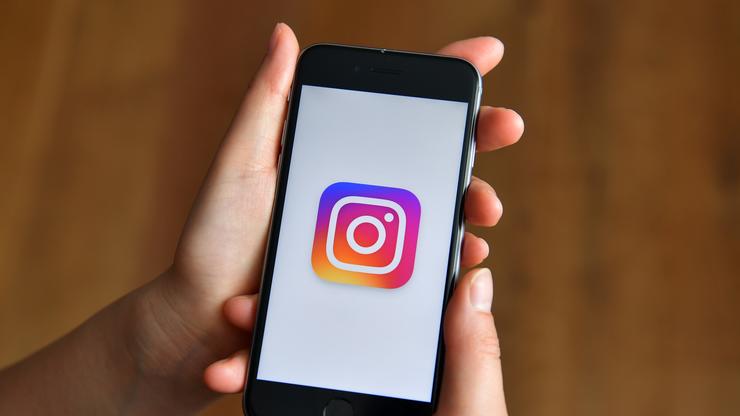The app will warn users which images have been altered.
Instagram is implementing a new feature in which images that have been photo-shopped will be labelled as such. The app will begin determining the authenticity of an image using “a combination of feedback from our community and technology.” The image is then passed on to third-party independent fact-checkers, and if they determine that the image has been altered, a “False Information” warning message added to the post. However, despite earlier reports, the images won't be totally hidden. “We don’t hide content because it’s photoshopped, we apply a label when a fact-checker has rated it," a spokesperson for Facebook, which bought out Instagram in 2012 for $1 billion, disclosed. "Upon review from the fact checker, they changed the rating, so it is no longer being labelled as false on Instagram and Facebook.”
 Justin Sullivan/Getty Images
Justin Sullivan/Getty Images
While these images will not be removed, they will, however, be hidden from Instagram’s Explore and Hashtag pages and automatically flagged in future posts. Users still have the choice to view the actual image if they stumble upon it, though, and they can even read up on why the photo was hidden in the first place. A San Francisco-based photographer Toby Harriman, was the first to discover that the feature had been implemented, after discovering that a hidden image that had come across his feed was only a photo of a man standing on rainbow-coloured mountains. “Looks like Instagram x Facebook will start tagging false photos/digital art,” he wrote on a Facebook post. While this tool could become useful in combatting , Harriman points out that it could be a barrier for digital art. He continues on the post, “Interesting to see this and curious if it’s a bit too far. As much as I do love it to help better associate real vs photoshop. I also have a huge respect for digital art and don’t want to have to click through barriers to see it.”
What do you think about this decision?
